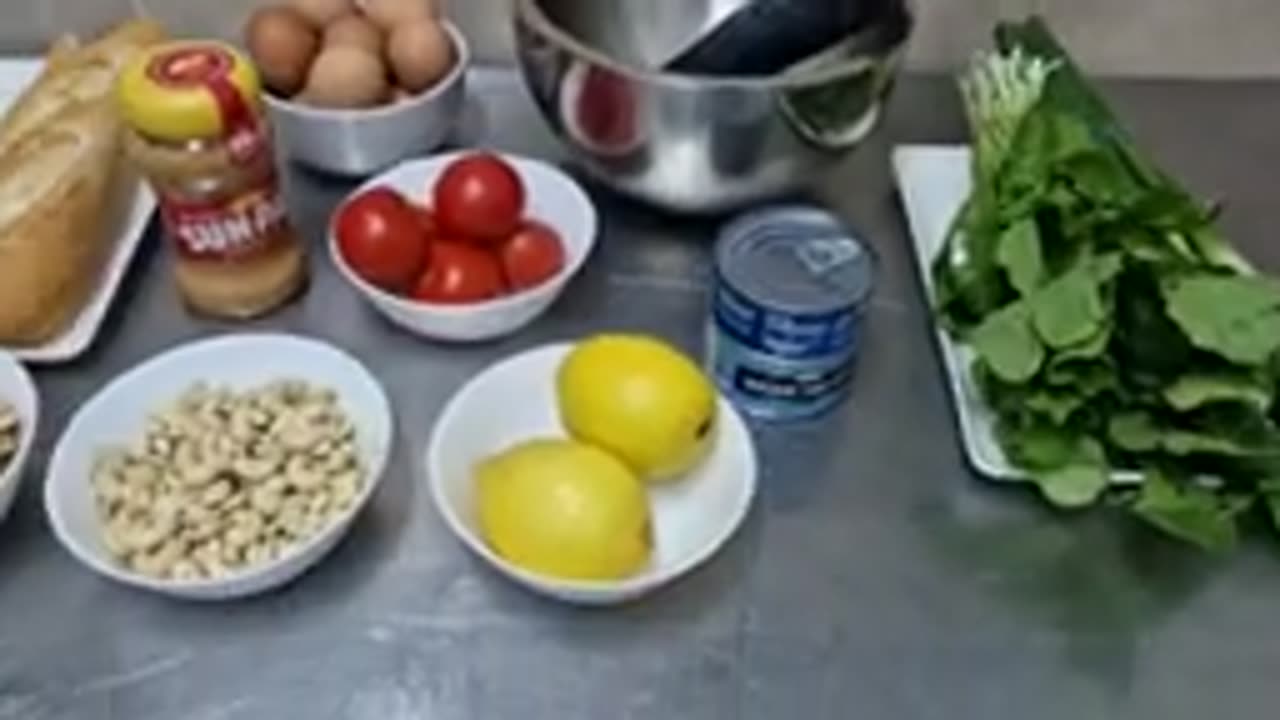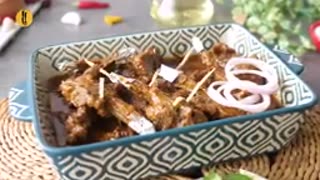Premium Only Content

Accredited Food Safety -Keeping Equipment Separate
In accredited food safety courses, keeping equipment separate is a critical topic under **cross-contamination prevention**. Here's a summary of what this entails:
### Why Keep Equipment Separate?
Keeping equipment separate reduces the risk of cross-contamination, which occurs when harmful bacteria or allergens are transferred from one surface or food item to another. This is especially important for:
- **Raw and cooked foods** (e.g., raw meat and ready-to-eat food)
- **Allergen control** (e.g., peanuts vs. non-allergen products)
- **Different food types** (e.g., seafood, poultry, vegetables)
---
### Best Practices for Keeping Equipment Separate:
1. **Use Color-Coded Equipment**:
- Assign specific colors to equipment for different food types.
Example:
- **Red**: Raw meat
- **Blue**: Raw fish
- **Green**: Vegetables
- **Yellow**: Cooked or ready-to-eat foods
2. **Dedicated Storage**:
- Store cutting boards, knives, and utensils used for different food groups separately.
- Use sealed containers for allergen-containing ingredients.
3. **Sanitization and Cleaning**:
- Clean and disinfect equipment thoroughly between uses.
- Use separate cleaning materials (e.g., sponges and brushes) for high-risk equipment.
4. **Labeling**:
- Clearly label containers, utensils, and areas for specific purposes.
5. **Training Staff**:
- Train all employees in food safety practices, emphasizing the importance of equipment separation.
---
### Food Safety Certifications Covering This:
- **HACCP (Hazard Analysis and Critical Control Points)**
- **ServSafe** (USA)
- **NEA Food Safety Course** (Singapore)
- **Level 2/3 Food Hygiene Certificates** (UK and EU)
Would you like more detailed information about a specific certification or additional practices?
-
 3:18
3:18
HSESafetyInformation
9 days agoDahi Champ (Mutton Chops) Recipe By Food Fusion
29 -
 DVR
DVR
Bannons War Room
9 days agoWarRoom Live
2.32M410 -
 2:17:39
2:17:39
Matt Kohrs
12 hours agoBREAKING MARKET NEWS: Bounce or Bust?! || The MK Show
33.1K1 -
 47:26
47:26
BonginoReport
4 hours agoEpstein Files Drop Today-But How Much Will They Reveal? (Ep.149) - 02/27/2025
94.8K134 -
 2:59:16
2:59:16
Wendy Bell Radio
7 hours agoThe Left Is Wrong About Everything
71.2K45 -
 29:05
29:05
CatfishedOnline
20 hours ago $3.48 earnedThe Real Jennifer Aniston or Another Romance Scam?
34.8K10 -
 34:44
34:44
LFA TV
5 days agoMIRACLES DO HAPPEN!
65.5K3 -
 16:43
16:43
T-SPLY
5 hours agoCNN Panel Member Forgets Donald Trump Runs The Military
40.1K24 -
 31:13
31:13
World Nomac
1 day agoAMERICAN visits IRAN for 10 days (this is what I found) 🇮🇷
36.6K4 -
 1:03:55
1:03:55
The Tom Renz Show
12 hours agoBongino In At FBI & Is Factory Meat Made of Cancer?
40.6K10